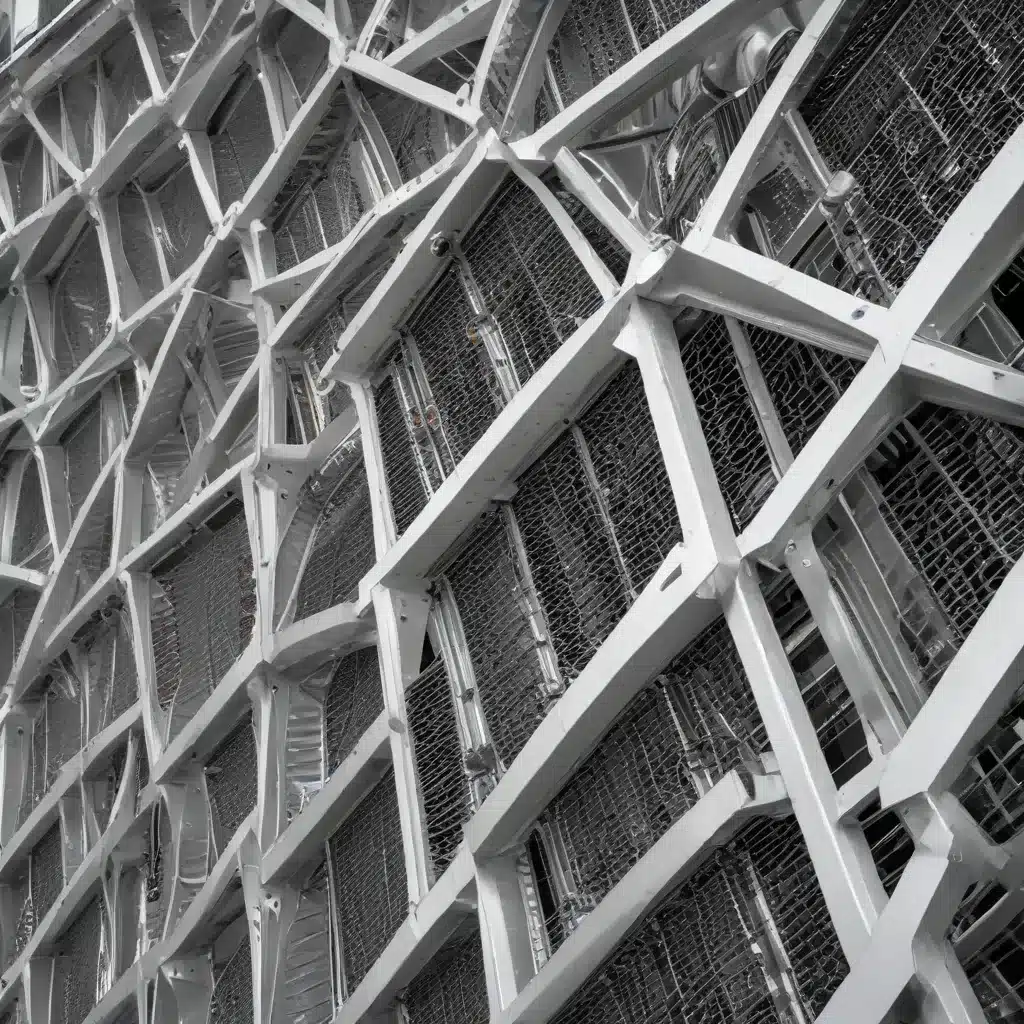
The Subtle Art of Inclination
The angle of inclination in air-cooled heat exchangers can have a significant impact on their thermal performance. Recent research by Kennedy et al. revealed that tilting a heat exchanger by just 30 degrees can boost efficiency by up to 0.5%. While this may seem like a small gain, in applications where every percentage point counts, this simple adjustment could provide the edge you need.
The researchers found that as the inclination angle changes, the air flow dynamics within the heat exchanger shift, creating a low-velocity core that moves to one side. Understanding these changes in flow patterns is crucial when designing systems with multiple heat exchangers, as it allows you to position critical components where they will perform most effectively.
Maximizing Efficiency with Plenum Depth
In addition to the inclination angle, increasing the plenum depth (the space between the heat exchanger and the fan) can enhance performance by around 1%. This straightforward design tweak can make a real difference, particularly in high-demand applications where efficiency is paramount.
Optimizing the plenum depth allows for improved air flow distribution across the heat exchanger surface, minimizing pressure drops and maximizing heat transfer. By carefully balancing the plenum depth, you can ensure that the air is evenly distributed, minimizing hot spots and maximizing the overall thermal efficiency of the system.
Leveraging Flow Distribution
As you adjust the inclination of your air-cooled heat exchangers, the flow dynamics within the system shift, creating a low-velocity core that moves to one side. Understanding these changes in flow patterns is essential when designing systems with multiple heat exchangers.
By strategically positioning your heat exchangers based on the flow distribution, you can ensure that critical components are placed where they will perform at their best. This optimization of flow paths can lead to significant improvements in overall system efficiency, as you minimize pressure drops and maximize heat transfer across the entire assembly.
Innovative Materials for Enhanced Performance
Beyond the physical design of the heat exchanger, the materials used in its construction can also have a significant impact on performance. Leveraging advanced materials, such as high-conductivity alloys or specialized coatings, can help improve heat transfer, reduce pressure drops, and enhance the overall efficiency of the system.
For example, employing materials with lower surface roughness can minimize turbulence and improve air flow, leading to better heat dissipation. Additionally, the use of phase-change materials (PCMs) or advanced composites can help regulate temperature fluctuations, ensuring more stable and reliable operation.
Maintenance and Optimization: Keys to Long-Term Efficiency
Maintaining the optimal performance of air-cooled heat exchangers goes beyond the initial design. Regular maintenance and optimization strategies are essential to ensure that these critical components continue to operate at peak efficiency throughout their lifespan.
Implementing a comprehensive maintenance program, including regular inspections, cleaning, and component replacements, can help identify and address issues before they become major problems. By proactively managing the condition of your heat exchangers, you can maximize their lifespan and maintain the high levels of efficiency that were achieved during the initial design and installation.
Furthermore, regularly reviewing and optimizing the operating parameters of your air-cooled heat exchangers can lead to ongoing improvements in performance. This may involve adjusting fan speeds, modifying air flow patterns, or even exploring opportunities to upgrade key components with more efficient alternatives.
Customized Solutions for Diverse Applications
Air-cooled heat exchangers are utilized across a wide range of industries, each with its own unique requirements and challenges. Developing customized solutions tailored to specific applications is crucial to ensure optimal performance and efficiency.
Whether you’re working in the energy, manufacturing, or data center sectors, the design of your air-cooled heat exchangers must take into account factors such as ambient conditions, heat load, space constraints, and environmental regulations. By partnering with experienced thermal engineering specialists, you can ensure that your heat exchangers are engineered to meet the precise needs of your application, maximizing efficiency and minimizing operational costs.
Conclusion: Embracing Innovation for a Sustainable Future
In an era where energy efficiency and sustainability are paramount, air-cooled heat exchangers play a crucial role in driving progress. By embracing innovative design strategies, leveraging advanced materials, and implementing robust maintenance practices, you can unlock the full potential of these remarkable thermal management devices.
As you continue to optimize the performance of your air-cooled heat exchangers, you’ll not only enhance the productivity and reliability of your systems but also contribute to a more sustainable future. By minimizing energy consumption and reducing environmental impact, you’re making a tangible difference in the way we power our industries and communities.
Stay at the forefront of air-cooled heat exchanger technology by partnering with the experts at https://www.aircooledheatexchangers.net/. Our team of thermal engineering specialists is dedicated to helping you navigate the latest advancements, implement customized solutions, and maximize the efficiency of your critical systems. Together, let’s shape a future where innovation and sustainability go hand in hand.
Key Takeaways:
- Inclination angle can boost heat exchanger efficiency by up to 0.5%
- Increasing plenum depth can enhance performance by around 1%
- Strategic positioning of heat exchangers based on flow distribution is crucial
- Advanced materials can improve heat transfer and reduce pressure drops
- Comprehensive maintenance and optimization are essential for long-term efficiency
- Customized solutions are key to meeting diverse application requirements
- Embracing innovation in air-cooled heat exchangers drives sustainability

